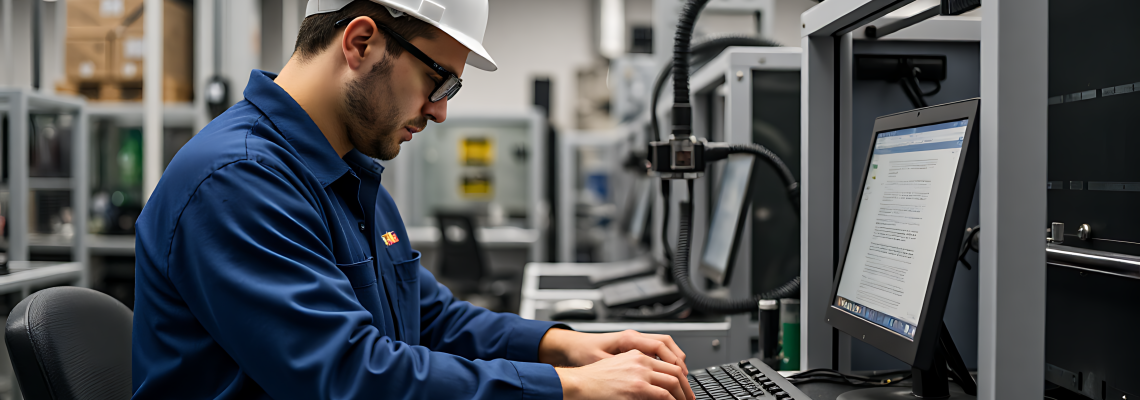Streamlined Production Planning
An Enterprise Resource Planning (ERP) system optimizes manufacturing workflows by automating production planning, resource allocation, and scheduling. By integrating real-time inventory and demand forecasting, ERP ensures efficient material utilization and minimizes delays.
Real-Time Data for Smarter Decision-Making
ERP systems provide a centralized dashboard with real-time insights into production status, machine performance, and inventory levels. With AI-powered analytics, manufacturers can quickly identify bottlenecks, optimize workflows, and reduce downtime.
Seamless Supply Chain Management
By integrating with suppliers and logistics partners, ERP enhances supply chain visibility, ensuring on-time procurement and delivery. Automated inventory tracking prevents shortages and reduces excess stock, improving cost efficiency.
Quality Control & Compliance
ERP systems streamline quality control processes by automating inspections, defect tracking, and compliance reporting. Manufacturers can ensure adherence to industry standards while minimizing rework and waste.
Enhanced Collaboration & Scalability
A cloud-based ERP system fosters collaboration between production, procurement, and finance teams, enabling real-time data sharing. As businesses grow, ERP solutions scale effortlessly, supporting new production lines, locations, and global operations.





